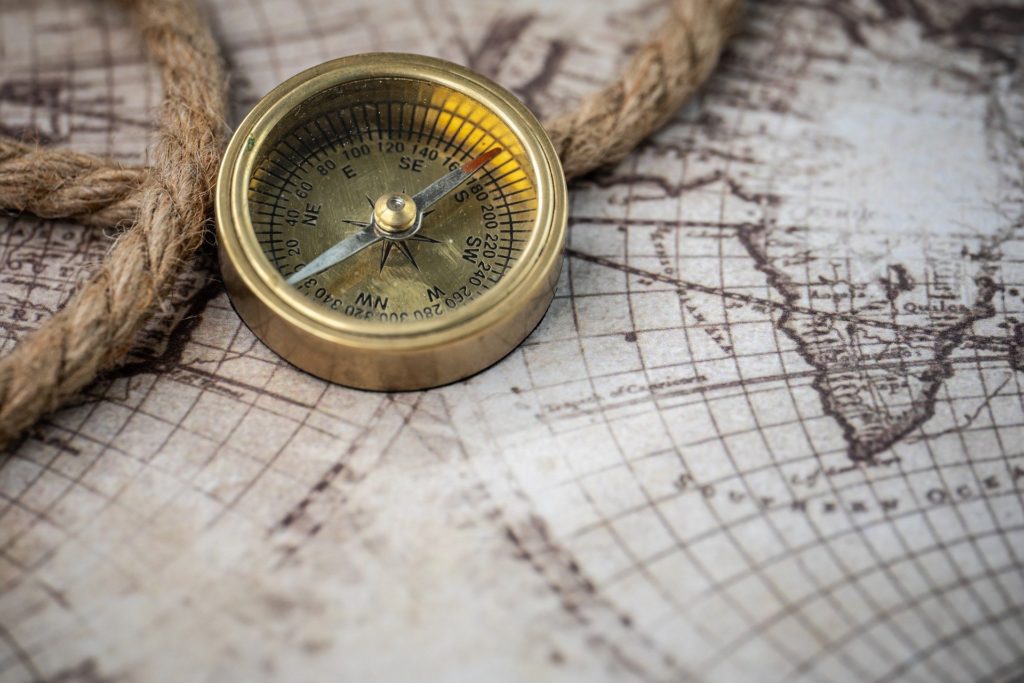 A compass is an essential tool for any adventurer. It’s the perfect navigation device when you’re outdoors and need to find your way around. But if you’re new to map reading and navigating, using a compass can be intimidating. Fear not! Here are some simple steps to help you learn how to use a compass like a pro.
A compass is an essential tool for any adventurer. It’s the perfect navigation device when you’re outdoors and need to find your way around. But if you’re new to map reading and navigating, using a compass can be intimidating. Fear not! Here are some simple steps to help you learn how to use a compass like a pro.
Know Your Parts
The first step in learning how to use a compass is understanding the parts of the instrument. Compasses come in many shapes and sizes, but all compasses have these three main components: the baseplate, direction of travel arrow, and rotating housing (which includes the orienting lines). The baseplate helps keep the compass steady while you’re taking readings, while the direction of travel arrow points towards your destination or end location. Finally, rotating housing has arrows that indicate North, South, East, West, and other cardinal directions.
Taking a Bearing
Taking a bearing means determining which direction you want to go in order to reach your destination (e.g., north-northwest). To take a bearing with your compass: 1) line up the left side of your baseplate with the edge of your map; 2) align one corner of the compass housing with where you’d like to go on your map; 3) rotate both until the north marker on your housing lines up with true north on your map; 4) hold this position as best as possible and look at the direction of travel arrow—this is where you need to go!
Understanding Declination
When taking bearings from a topographical map, it’s important to understand declination—the difference between magnetic north (where compasses point) and true north (what’s represented on maps). Depending on where you are located in the world, declination can range anywhere from zero degrees all the way up to 20 degrees or more. Make sure that you account for declination when taking bearings so that you don’t get off course!
Using a compass isn’t difficult—it just takes practice! Once you get comfortable with its parts and features, learning how to take bearings will become second nature. Whether it’s mapping out long hikes or planning short day trips into nature’s playgrounds, having an accurate sense of direction is key for any outdoor enthusiast who wants to make their adventures safe and successful. With practice comes perfection—so grab that trusty old compass and start honing those navigational skills today!
